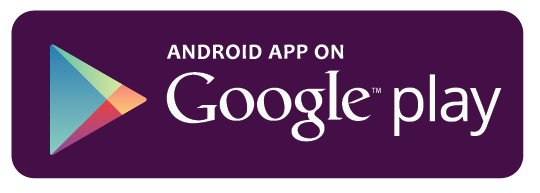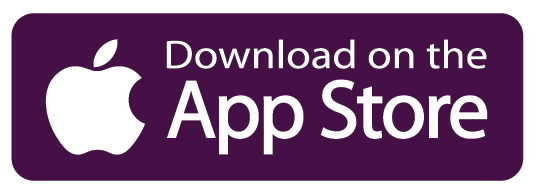We often waste an unnecessary amount of time and energy in meetings, but what to think of the constant bombardment of e-mails and other messages? The smartphone has taken up such a central role in our lives that we can barely be without it anymore. But while they allow us to make calls and communicate more effectively, they also are the biggest source of distraction. Research suggests that it takes up to 25 minutes to regain your focus after an interruption. This adds up throughout the day: ten interruptions can cost you up to 2.5 hours.
Ten years ago, one of the managers of the company I worked for gave a time management training. The following Monday I immediately applied what I’d learned: I turned off my phone and internet because I had an important deadline coming up (which the training had gotten in the way of, haha). When I was back online I had five missed calls and an angry voicemail message from one of the other managers I was doing a project with, because they hadn’t been able to find me. Yikes! Turning off your phone is the ultimate way to create focus, but not a structural solution.
This all took place before the smartphone era. In most people’s perception, all the now widely available apps haven’t made things easier. A certain fatigue has seemed to have set in. We often hear things like “I already have so many apps”, and “There’s already this overload of information coming my way.” I understand that sentiment, but not only is it unnecessary, it’s also unjustified:
- How many apps do you really need for work? Probably not as many as you’d initially think, especially not the ones that give you a sense of information overload.
- We’re supposed to have many different apps, since those apps together make up a dashboard for your communication. It’s for good reason that larger companies have more separate apps. Is it not a good thing that your Agenda, E-mail and Tasks are in your phone as separate apps? The same applies to other apps.
- Finally, people forget that those applications are there for you, not the other way around. The smartphone with its many different apps, all very good at doing one thing, is a relatively new phenomenon. So it’s a matter of learning how to best deal with it and make it work for you.
Without further ado, here are three tips to stop getting distracted by your phone:
1. Consciously choose the notification settings of your apps
Organise the primary screen on your phone in such a way that you only see the apps you want to see throughout your workday. This means that all the other apps ought to be at least one swipe to the side in order for you to see them. Turn off all notifications for these apps (at the very least the sound notifications). Also determine if you want to get sound notifications from the apps on your primary screen. Personally, I always turn off the sound, because I already see these apps without having to swipe, anyway. With chat apps you can decide per person or group if you want to receive sound notifications. The first thing I do with a new group is turn off the sound. This way you create your own dashboard at which you are in control of what and when you see and hear things.
2. Unsubscribe from standard e-mails and filter your cc-mails
Out of all the standard newsletters and updates, there are probably only a few that really bring you value. Use a handy to like unroll.me to unsubscribe from all your unwanted e-mail sign-ups at once. It’s also very liberating to separate cc-mails from other e-mails. If you’re put in the cc, you can’t be expected to react anyway. You can also adopt a more aggressive approach: I know people who delete all cc-mails unread. They claim they’ve never gotten into trouble with it. Additionally, what I like to do is to turn off the auto-refresh option for e-mails. Afraid that might cause you to miss something important? Try installing an auto-responder with the message that you can be reached by phone for urgent matters.
3. Try out tools that combat distraction
Yes, that’s right, add another app to help you deal with all the other ones. ? There are many great tools available that help you increase your productivity. Freedom, for example, allows you to temporarily block distracting apps. Another nice example, that doesn’t require you to install a new app, is gray-scaling your screen. Experts claim that this helps to combat phone addiction. You know those red notification bubbles to the top right of the app icon? They are often misused to keep luring you back into the app. For me, those bubbles really are like a red rag to a bull. I’m always compulsively trying to rid my screen of them. Since I’ve turned my screen to gray, that psychological effect has faded: the “panic” has disappeared from my screen.
And in case you do find yourself close to a deadline, or simply want to work 100% uninterrupted, you can of course always set your phone to flight mode. It might be a good idea to let people know in advance, though. ?
Take control of your information intake. Setting your phone up in a way that works for you might take an hour of your time, but it’s sure to pay off in the long run!



